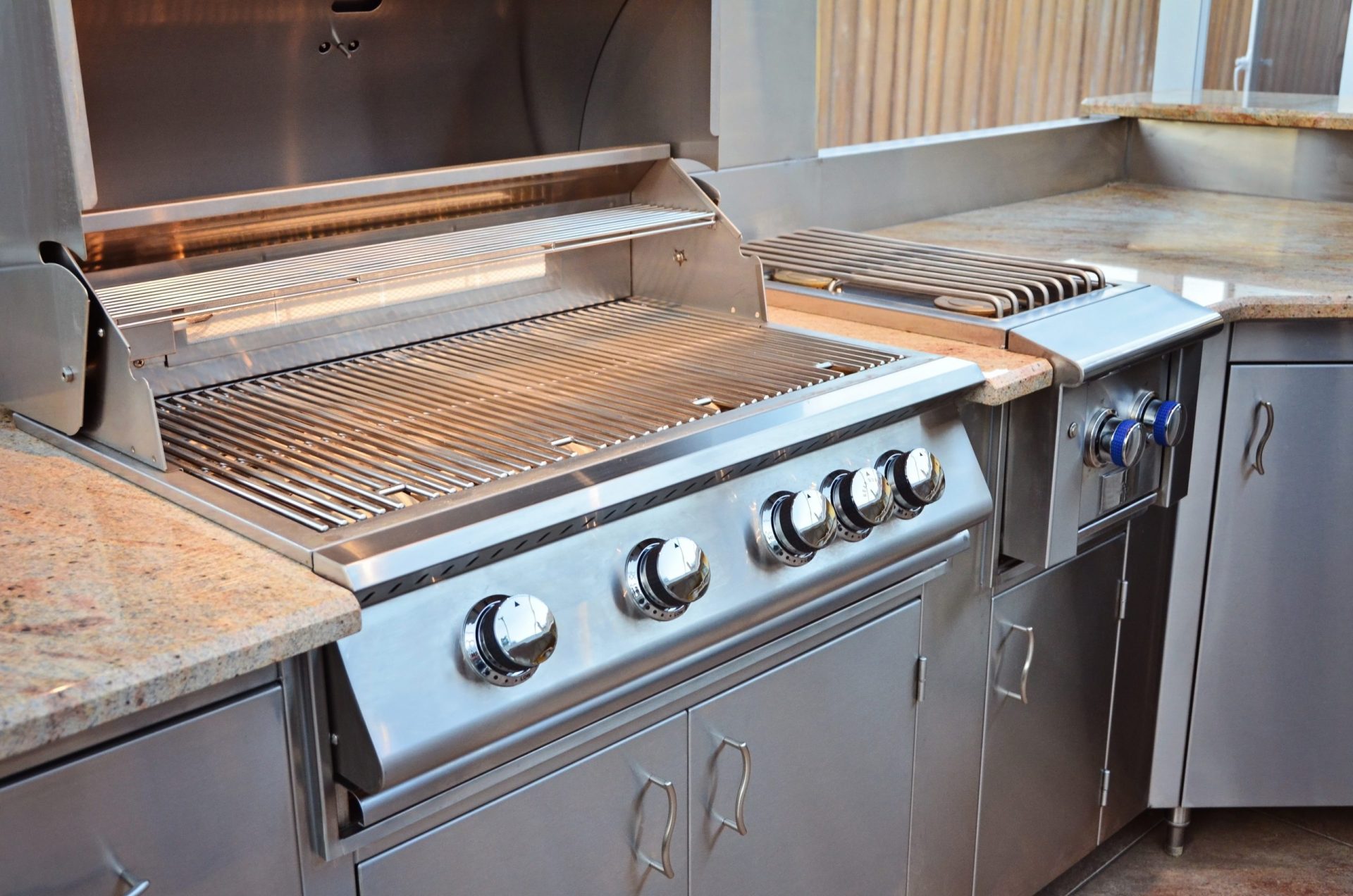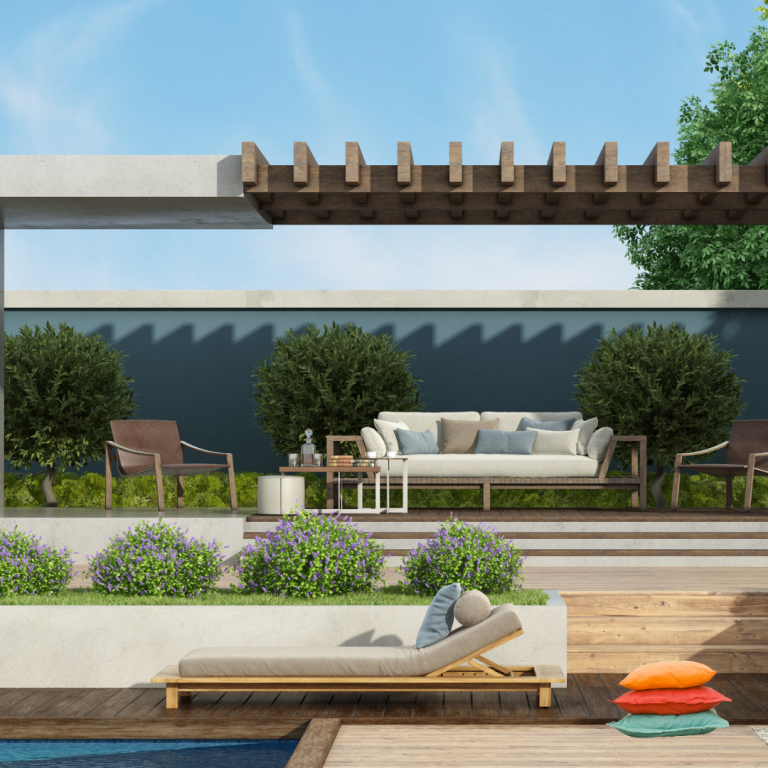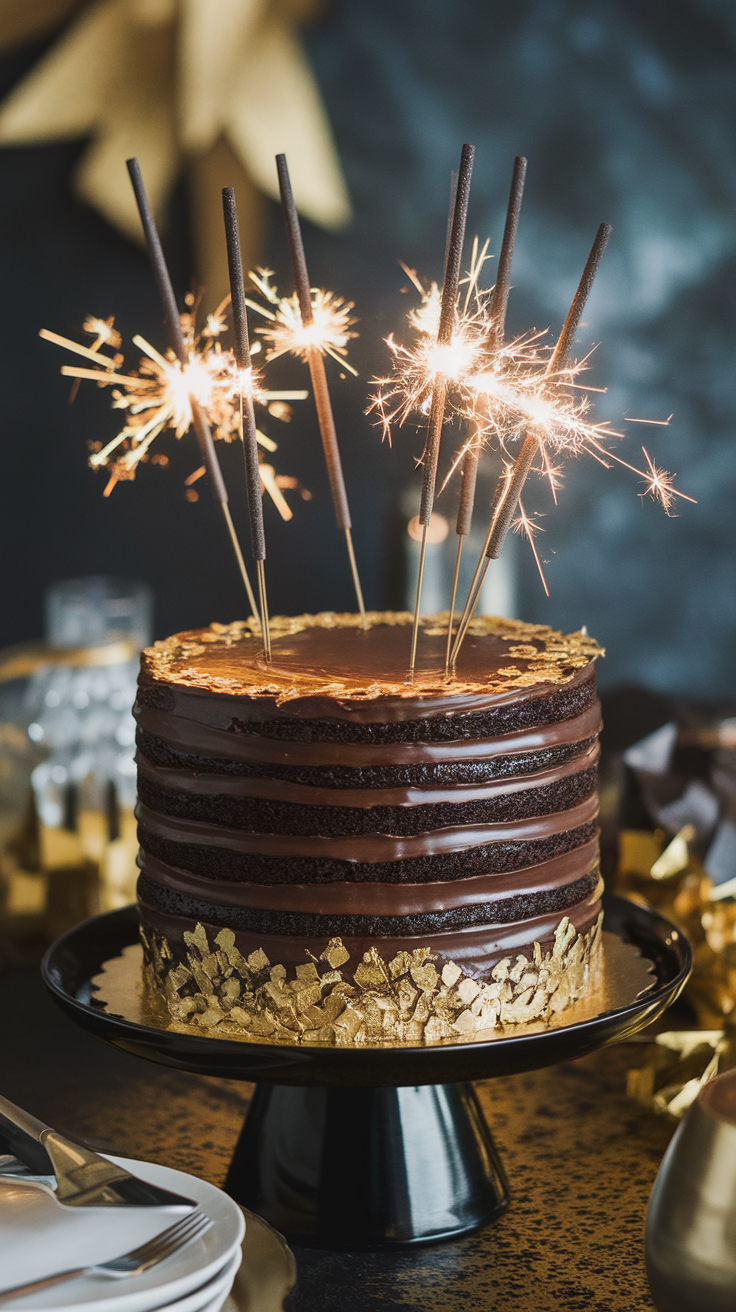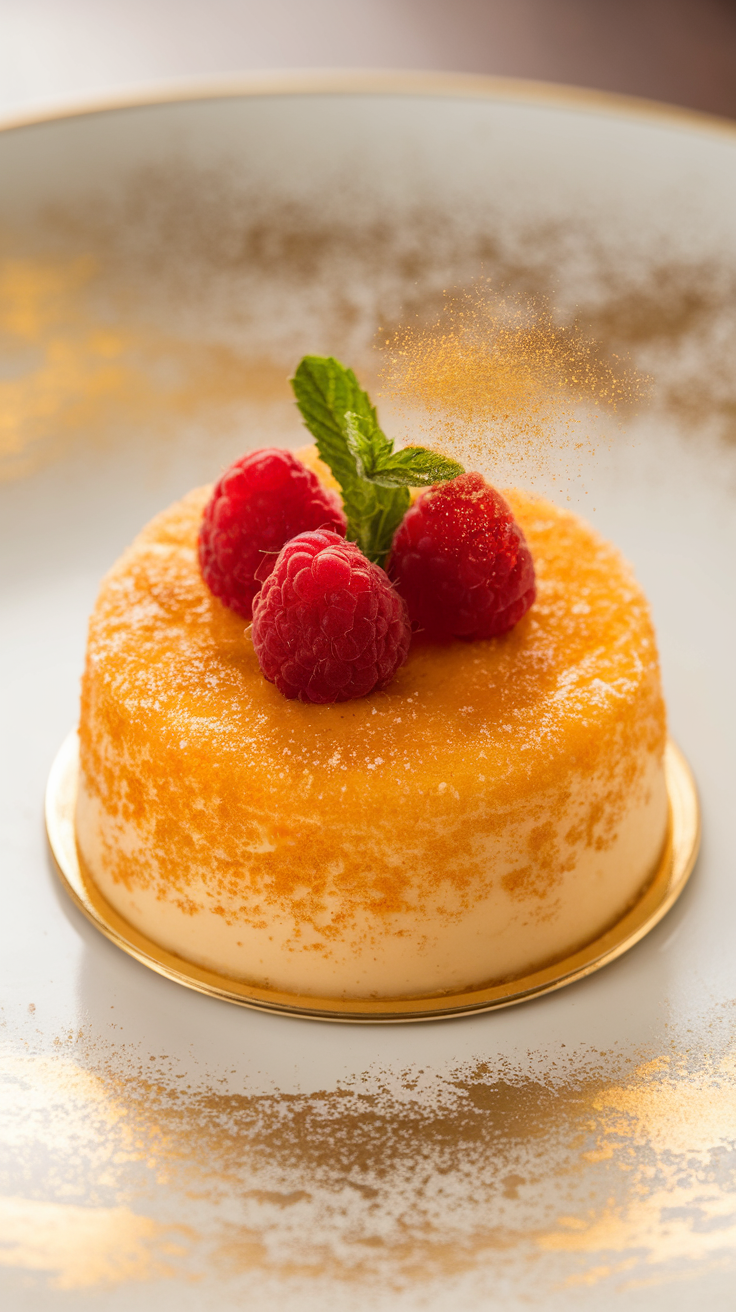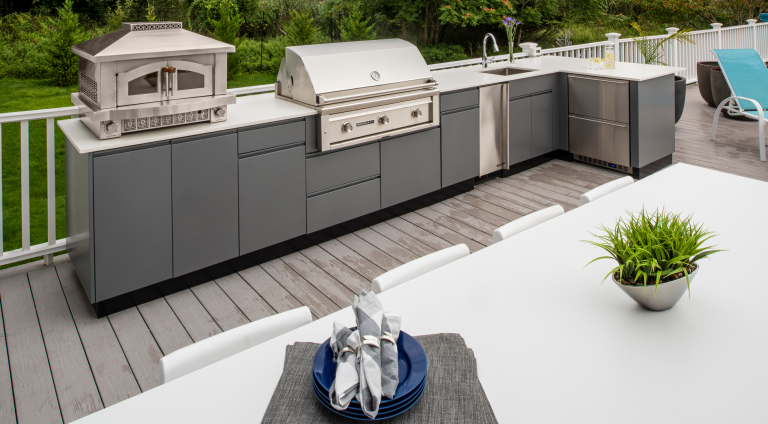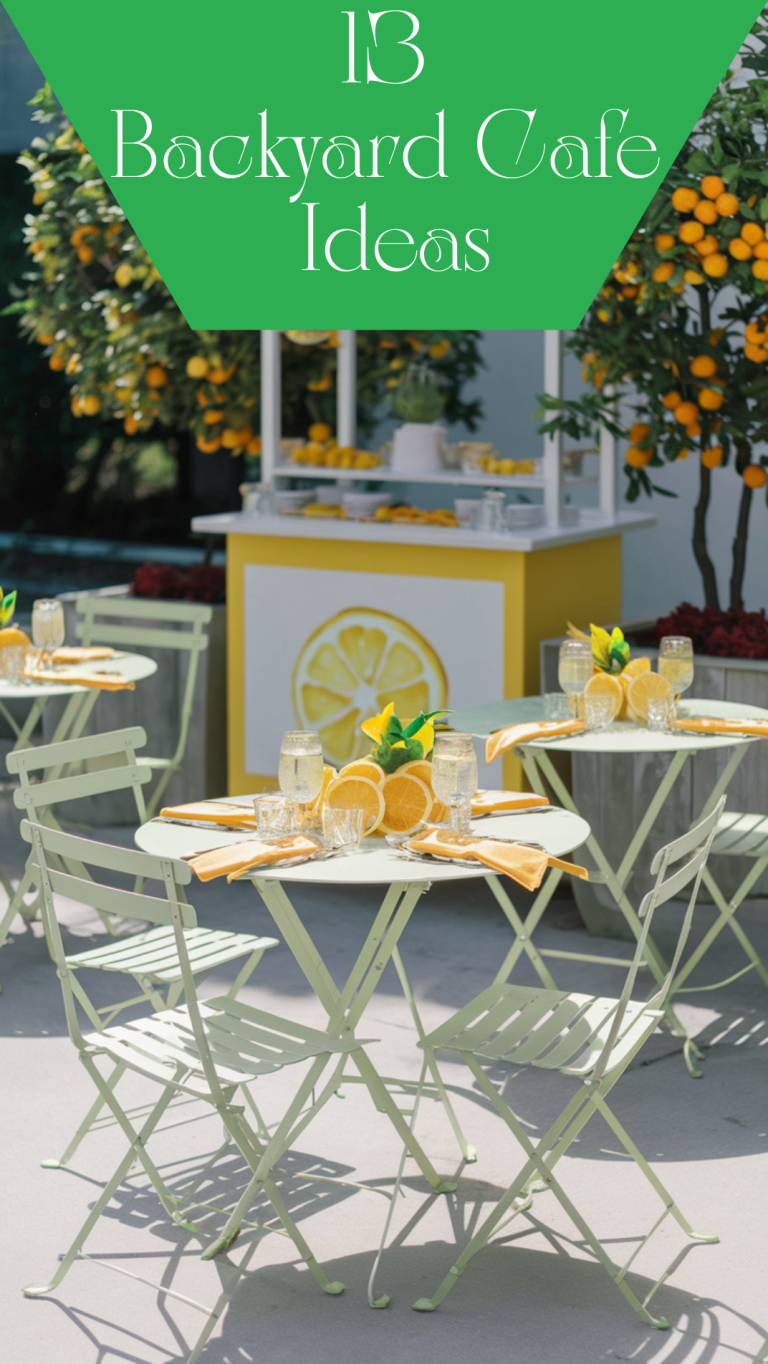What Type of Finish Should I Put On My Outdoor Kitchen Cabinets?
7 Finish Choices for Outdoor Kitchen Cabinets
Outdoor cabinets and storage solutions are becoming less of a luxury and more of a necessity as outdoor living spaces become more sophisticated. With its growing popularity, many people are curious about the different options for outdoor cabinet finishes. Here are seven of the most prevalent materials, along with a discussion of their benefits and drawbacks, to help you determine what’s best for your home.
Masonry Outdoor Kitchen Finishes
Brick
An option is to construct your outdoor kitchen’s finish out of brick. Kitchens made of brick must be built on a concrete slab. It can be difficult and time-consuming to build an outdoor kitchen out of brick. The finished result, however, will be structurally sound and weather-resistant. Another advantage is that you will not have to deal with choosing an exterior finish because it will already be finished. A brick-built outdoor kitchen is totally customizable.
You can plan out your kitchen as you want and add as few or as many appliances and accessories as you like when you use brick. Building an outdoor kitchen out of brick necessitates advanced masonry abilities, so if you don’t have much experience with bricks and mortar, you should employ someone who does.
Natural Stone
Stacked stone, which comes in a range of natural hues and can transmit a rustic vibe, a sumptuous sense, or both at the same time, is a popular alternative for outdoor kitchen façades.
Slate, flagstone, and travertine limestone are all common materials we work with, and each has its own set of qualities and maintenance requirements. Stone is generally fairly durable, though it may need to be sealed to protect it over time. The material that collects between individual stones may require some elbow grease to dislodge.
Bleach and acid-based cleansers (such as those containing vinegar or lemon juice) should be avoided because they can damage stone surfaces.
Natural stone is made up of quarry materials that have been chopped and mixed to form a rounded surface. It lasts a long time but is more difficult to install, requiring a concrete block structure, can be costly, and is best left to professionals.
Natural stone has a wide range of color and pattern variation; no two pieces are alike. These characteristics age well as well.
Because natural stone is so heavy, it must be installed on a concrete pad. However, it is significantly more resistant to severe chemicals, such as those found in swimming pools.
Natural stone is more resistant to weather because it is less porous. It also retains its unique coloration in the presence of sunlight and can fade gracefully over time.
Natural stone sheets adhere to metal lath and a scratch masonry finish, with grout applied between the stones. Another fantastic option is dry stacking.
The techniques and costs of installation are rarely different, albeit they do vary depending on the type of stone. Price quotes for natural stone should be consistent.
Man-made Stone Veneer
Some consumers choose a simulated stone façade, which is lighter and simpler to clean than actual stone but lacks some of the attractiveness.
Manufactured stone veneers are cement mixtures that are cast from actual stone molds and designed to seem like the real thing. These can be mounted on wood or steel frames as a lighter option because they weigh up to one-third less overall than the real thing.
Man made stone looks real from a distance. However, when examined closely, as identical stones emerge, you can tell the stone is man made.
This material is lighter than real stone and can be attached to a variety of structures. When exposed to severe chemicals, however, it deteriorates and weakens.
Rain, wind, dirt, and sunshine are all problems that accumulate over time. The hue of its paint, for example, is gradually harmed by sunlight.
Because of its lighter weight and density, manufactured stone is easier to install with lath, a scratch coat, mortar, and grout (or dry-stacking).
Although installation processes and costs are rarely different, produced stone veneer can. You can get lower-cost variants that sacrifice quality.
Stucco
Stucco is the perfect transitional style finish surface. And you will find out what a lot of homeowners who have been using this textured, cement-based finish for decades have discovered: it’s cheap, lightweight, easy to apply, and it looks great on just about any sort of outdoor kitchen. Its decorative options allow it to fit practically any aesthetic; it can be dyed, colored, and even troweled into extraordinary designs and textures. Stucco has a wide range of appeal, from Mediterranean to traditional.
Stucco, a textured application of cement plaster, is a long-lasting, heat-resistant, and mold-resistant finish that’s perfect for outdoor kitchens. It’s appealing (though a little modest), lasts for decades, and is reasonably priced. If your home has a stucco exterior, using the same material for your outdoor kitchen can provide a nice, smooth transition from indoor to outdoor living spaces.
Stucco is low-maintenance, requiring only a hose dip every now and again and sometimes a scrubbing with a soft nylon brush to remove dirt. However, drippings like grease and sauce will constantly stick and stain and are hard to remove. Remember that stucco that is on outdoor kitchen cabinets so it is getting use and activity, unlike the outside of your house which is not in active use.
HDPE Polymer
UV-stabilized High Density Polyethylene (HDPE), one of the most durable of all the man-made materials in the outdoor cabinetry business, can be used to construct outdoor kitchen cabinets. For outdoor kitchen and dining applications such as countertops, cabinetry, cutting boards, islands, and tables, HDPE (high density polyethylene) provides the durability and performance required.
Impact, scrape, weather, and UV resistance are all features of rugged HDPE. It’s also light and simple to clean. HDPE has a variety of advantages over other materials, including high design flexibility and minimal water absorption, so it won’t deform, rot, or fracture due to rain or food spills. HDPE is also FDA-approved for food contact, so it’s not only attractive and long-lasting, but it’s also safe to use in the kitchen.
It’s a high-tech polymer that won’t fade with time. It has been designed to have the perfect balance of impact-absorbing forgiveness and structural integrity. In terms of wearability and upkeep, it outperforms practically every other material.
Wood
Wood can be used to construct an outdoor kitchen. If you decide to build a wood-framed base, pressure-treated pine is the best choice because it will withstand the tremendous heat emitted by the grill and will be less likely to decay. Cement backer board should be used on both the interior and outside of the construction to protect the wood frame from heat and water. Even with the backer board in place, there is still some concern about fire safety.
For many folks, the warm appearance of wood is unbeatable. Natural wood grain adds aesthetic intrigue and a level of detail that masonry or polymer cabinets can’t match.
Fading can be an issue depending on the finish treatment and the type of wood. This condition can be exacerbated by certain factors, such as direct sunshine. One of the most significant disadvantages of wood cabinets is their upkeep. To keep cabinets looking their best, regular maintenance (and the related expense and time) is essential. Wood might fail fast if you live in a particularly hostile climate. Extreme heat and sun in the summer, as well as cold temperatures and dampness in the winter, can all contribute to a harsh climate. The type of wood, the surface treatment, and how well and frequently you care for your wood cabinets will determine how long they survive.
It’s difficult to support the use of combustible materials over structures that are specifically designed to generate high heat. However, if “gung-ho” describes your attitude toward building wood walls for the aesthetic value of a BBQ island, you’ll need insulated jackets. It’s a no-brainer: don’t put fire-generating appliances inside combustible materials without those fire-resistant metallic inserts.
Stainless Steel
Stainless steel outdoor cabinets are being used in an increasing number of outdoor living spaces.
Plain stainless steel cabinets do not have to have an industrial appearance. Powder coat finishes come in a variety of colors, including wood, glass, and textured metal appearances. Stainless steel is a noncorrosive, fire- and impact-resistant material when properly cared for.
When it comes to long-term value over the life of a product, stainless steel can be less expensive than other materials. Many grills and other outdoor kitchen appliances are made of stainless steel, so your living environment will have a consistent look. Stainless steel cabinetry is widely regarded as a contemporary and appealing option.
Stainless steel, especially when combined with a protective surface, is relatively easy to keep clear of fingerprints and other cosmetic flaws.
This material has a higher starting cost than some other cabinetry options. In direct sunlight, stainless steel can become very hot. (A powder coat finish can help to alleviate this problem.)
Related Articles About Outdoor Kitchen Cabinets
16 Things to Think About When Building Cabinets for an Outdoor Kitchen

